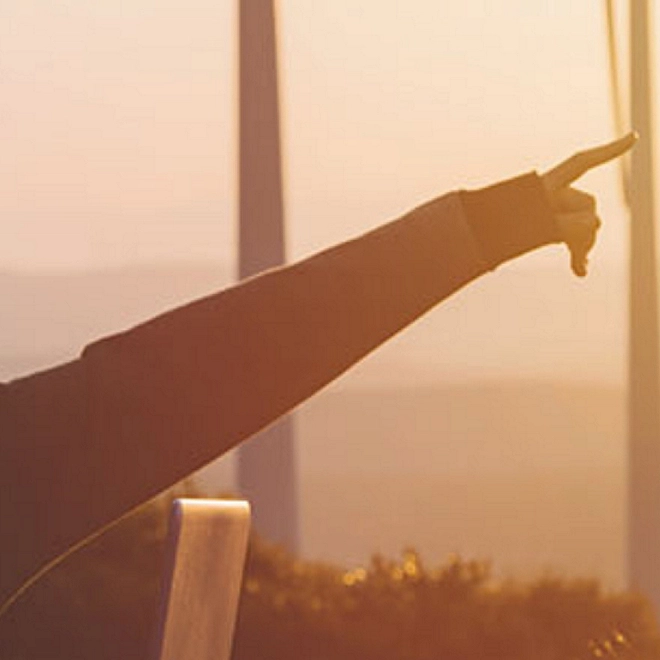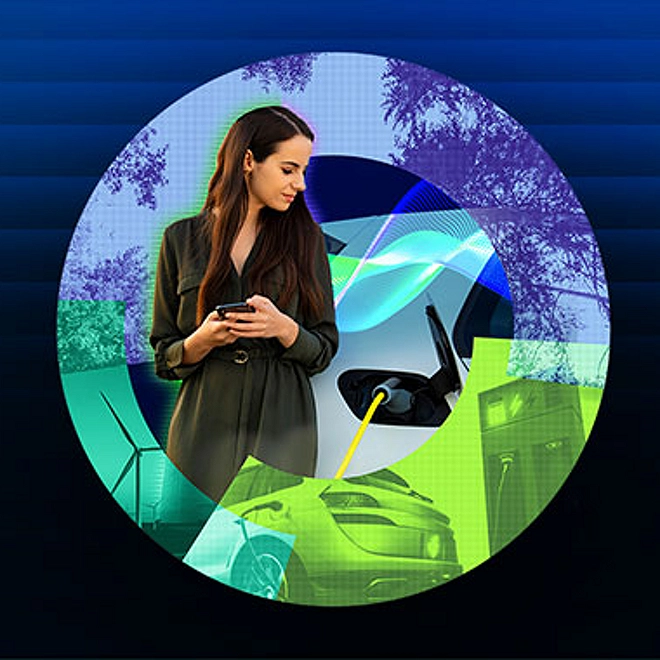Tackling challenging conditions with infrastructure for good
Luke Houghton's Opening Remarks at the AFR Infrastructure Summit 2022
"On behalf of the Deloitte partners and team, I’m delighted to welcome you to the AFR Infrastructure Summit today. This is always a great event which sparks vital debate, new ideas and connections … and we're very proud to be associated with that.
Like previous years, we’re all here because we want Australia to be an even greater place to live, work and thrive - for all Australians. Today, tomorrow and well into the future. Easily said, right? Well, we all know it takes a lot of thought and planning, obsessing over better and different ways in which infrastructure should – and could – deliver exactly what citizens and society need and want.
Let me start by saying I am an optimist, and always will be. But I’m also a realist.
Let’s quickly reflect on the macro challenges that face our wonderful industry, which is in a time of flux. Forgive my brevity, but I have no doubt we will cover all of these in more detail over the course of the next two days: we are faced with a surge in demand for infrastructure when supply chains are under threat of disruption, cost pressures are increasing, a finite workforce, and everyone in this room is dealing with the rising cost of capital and interest rates. Compounding that is the fact that Australia’s economic growth this slowing down … it’s fair to say, all these factors make us feel uncomfortable.
So, what can we do about these challenging conditions? That’s where my optimism comes out …
These tough conditions are a perfect environment to push us outside our comfort zones and actively seek out better, holistic solutions – and by holistic, I mean we need to look at alternative service delivery models, and different funding and financing models. We need to be more creative in how we drive the best outcomes. Think of the possibility of new alliance contracts, early contractor involvement opportunities, and different construction delivery models like modular, design for manufacture assembly … and let’s not forget the role of emerging technology in helping us manage and plan better infrastructure solutions.
In this ‘perfect storm’ environment – where challenges that are hard to control are fuelling new and exciting hyper collaboration across the sector – and with adjacent sectors like healthcare, education and transport; that’s where ‘infrastructure for good’ comes in.
Good for people living and working in the community like all of us; citizens, workers, commuters, patients, teachers, contractors, students and much more. Good for both for this generation, and the next. Infrastructure for good is equitable, inclusive, accessible, durable and sustainable.
Good for the environment. This is two-fold: looking at how we can improve/refresh existing assets to make them ‘greener and cleaner’; and constantly finding new and better ways to plan new infrastructure solutions that actively help us accelerate towards net zero. We need to be smarter, and this will be made possible through innovation and technology on both fronts.
Good for the sector – because unless we collaborate across the public and private sectors, industry bodies and local communities, we won’t come up with the most considered, and most citizen-centric, solutions. And this may be a little controversial, but collaboration needs to be done in the context of sensible risk allocation on projects; collaboration doesn’t mean transferring risks to private sector; and equally, it doesn’t mean the private sector accepting risk it can’t manage or deliver on. We need to take an ‘ecosystem mindset’ to overcome the challenges we face and make the most of an array of opportunities.
Good for Australia, for our economy. As I said this time last year, we know Governments are looking for other ways to stimulate the economy. And infrastructure is one of the key opportunities to drive this stimulus.
What excites me are the pockets of excellence I see, where infrastructure for good is coming into play today. Take some local State examples, like the NSW government’s Renewable Energy Zone program … or homes being empowered to move to renewable energy alternatives … and Transport for NSW prioritising zero emission buses. Just last week Sydney hosted the Australian Hydrogen Forum, a great springboard for future clean energy partnerships we can learn from. For example, the Port of Newcastle presented on its hydrogen readiness plans, to establish common user, clean energy infrastructure – this is a great example of improving existing assets which will affect the whole Hunter community. And let’s not forget the positive outcomes from the Federal Budget. The optimist in me would say we have wind in our sails, and the realist reminds me that there is still work to be done to make sure we can navigate through unpredictable seas.
Let’s collaborate – and hold ourselves accountable – to make sure we leave our mark on a better Australia."
If you would like to learn more about our Infrastructure insights, visit our AFR Infrastructure Summit 2022 page.

